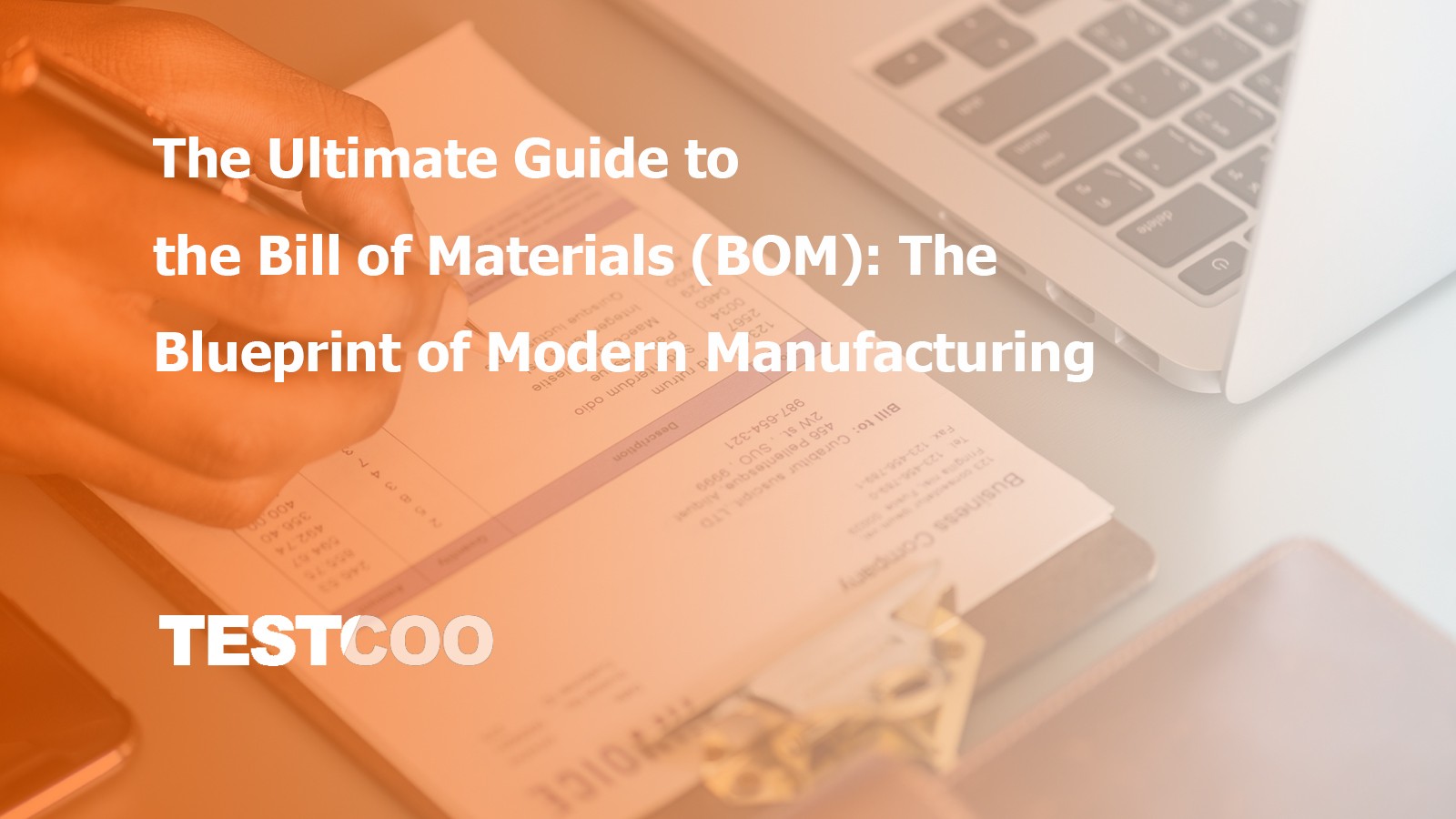Quality Control Standards for Baby Carriages and Strollers
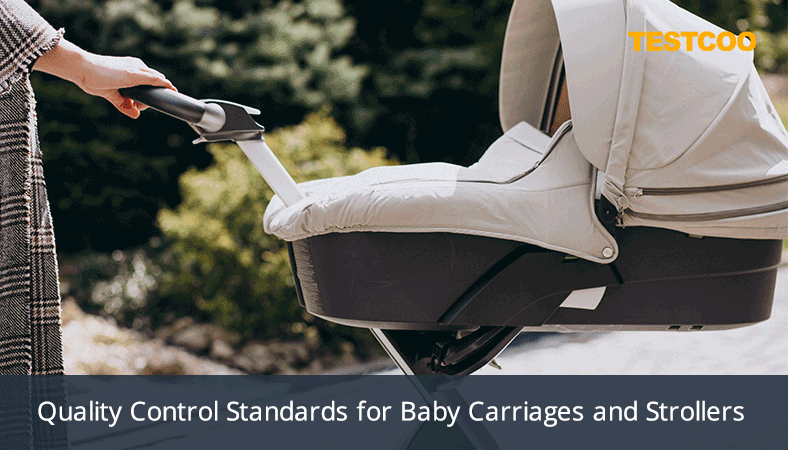
If you are planning to buy baby carriages and strollers from China and Southeast Asia, you should be aware of the safety standards and compliance.
“Information available from the United States Consumer Product Safety Commission indicates that between 7 000 and 14 000 emergency room visits occur in the U.S. annually as a result of the use of carriages and strollers.
Quality Control Standards for Baby Carriages and Strollers in the European
" EN 1888-Child care articles - Wheeled child conveyances - Part 1: Pushchairs and prams
The European Standard specifies the safety requirements and test methods for pushchairs and prams, designed for the carriage of one or more children, up to 15 kg each and up to 20 kg for any integrated platform on which a child can stand.
Testing of baby strollers or pushchairs to EN 1888 is the recommended way to show compliance with The Wheeled Child Conveyances (Safety) Regulations 1997. This is a legal requirement for manufacturers, retailers, suppliers and distributors of these products.
The standard covers a variety of risks and hazards including chemical, thermal, mechanical, suffocation, entanglement, and choking and ingestion. It also includes tests for the durability of the stroller with the use of a rolling road.
By testing to EN 1888 you can continue to build consumer confidence and trust in your product by demonstrating safety and reliability.
Strength tests
During strength testing the stroller will be loaded with a variety of different masses ranging from 9 kg to 15 kg each designed to simulate a child during use of the item. While loaded with these masses, the stroller or pushchair is then subjected to vigorous stability, impact and durability testing.
Durability tests
We test key repeat use components of the stroller products by subjecting them to repeat cycles of use, ensuring they will function as intended during the time the stroller is in use. Parking devices and locking devices are activated and deactivated 200 times and then put through further strenuous testing. The wheels on the stroller are also tested for durability on a rolling road travelling at 5 km/h and having to deal with several obstacles 72,000 times.
Entrapment tests
In line with EN 1888, we assess any area on the stroller where a child could become trapped are tested for size using probes varying from the size of a child’s finger to the size of their head and hips.
Buyers should confirm that Strollers and Prams for babies have received EN certification. The certificate’s existence will ensure that the infants are not harmed in any manner while traveling in the strollers.
Quality Control Standards for Baby Carriages and Strollers in the United States
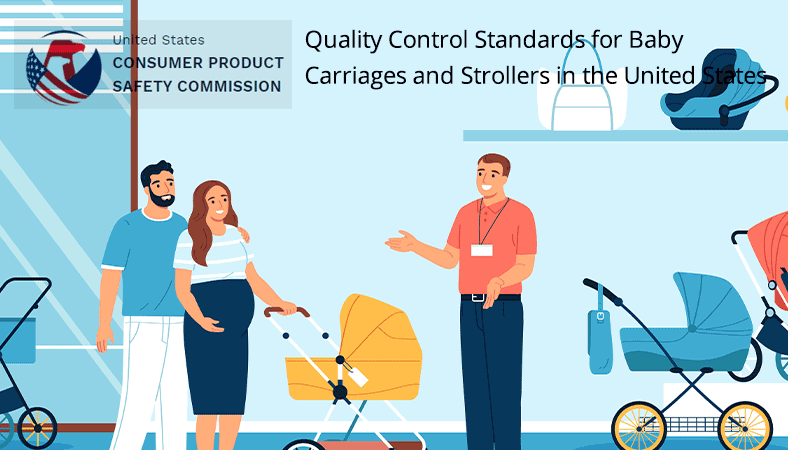
" ASTM F833- Standard Consumer Safety Performance Specification for Carriages and Strollers.
This consumer safety performance specification addresses carriage and stroller incidents that were identified by the U.S. Consumer Product Safety Commission (CPSC).
According to the ASTM standard, a stroller is a wheeled vehicle typically used to transfer a baby who generally is lying down. A person or people push or pull on a handle that is fastened to the car to provide the motive power. A carriage might be able to fold up for storage.
General Requirements
1. There shall be no hazardous points or edges.
2. There shall be no small parts as defined by 16 CFR 1501 before testing or liberated as a result of testing to this specification.
3. The paint and surface-coating on the product shall comply to 16 CFR 1303.
4. Prior to testing, any exposed wood parts shall be smooth and free of splinters.
5. Any unit that folds shall have a latching device or other provision in the design that will prevent the unit from unintentional folding when properly placed in the manufacturer’s recommended use position. Products with latching devices for prevention of unintentional folding shall be tested.
6. Openings—Holes or slots that extend entirely through a wall section of any rigid material less than 0.375 in. (9.53 mm) thick and admit a 0.210-in. (5.33-mm) diameter rod shall also admit a 0.375-in. (9.53-mm) diameter rod. Holes or slots that are between 0.210 in. (5.33 mm) and 0.375 in. (9.53 mm) and have a wall thickness less than 0.375 in. (9.53 mm) but are limited in depth to 0.375 in. (9.53 mm) maximum by another rigid surface shall be permissible
7. Scissoring, Shearing, and Pinching-The unit, when in the manufacturer’s recommended use position, shall be designed and constructed so as to prevent injury to the occupant from any scissoring, shearing, or pinching when members or components rotate about a common axis or fastening point, slide, pivot, fold, or otherwise move relative to one another.
8. Exposed Coil Springs-Any exposed coil spring which is accessible to the occupant, having or capable of generating a space between coils of 0.210 in. (5.33 mm) or greater during static load testing (see 6.2 and 7.3) shall be covered or otherwise designed to prevent injury from entrapment.
9. Warning labels (whether paper or non-paper) shall be permanent when tested.
10. Protective Components—If a child can grasp components between the thumb and forefinger, or teeth, such as caps, sleeves, or plugs used for protection from sharp edges, points, or entrapment of fingers or toes, or if there is at least a 0.040-in.(1.00-mm) gap between the component and its adjacent parent component, such component shall not be removed when tested.
11. Seat Recline Measurement—Place the back of the stroller in the most reclined position. Place the hinged boards with the hinged edge into the junction of the stroller back and seat. Measure the angle between the two boards.
12. Toy—Toy accessories attached to, removable from, or sold with unit, as well as their means of attachment, shall meet applicable requirements of Consumer Safety Specification F963.
13. Cord/Strap Length—Cords and straps that originate within or extend into the occupant space shall not create a loop that has an internal perimeter exceeding 14.8 in. (376 mm) nor have a free stretched length that exceeds a length of 7.4 in. (188 mm).
14 Tray/Grab Bar Protective Covering Requirement— Trays/grab bars that are accessible and forward of the occupant does not contain foam material.
Performance Requirements
1. Parking Brake Requirements:
-A parking brake shall be provided on the unit. Each parking brake shall remain engaged during the test. Each parking brake shall prevent the braked wheel(s) from rotating more than 90° during the 5th test cycle.
-After completing the test, each parking brake shall be able to be engaged and shall meet the requirements of this standard in all parking brake engagement positions.
2. Static Load:
-A carriage shall support a static load of 50 lb (22.7 kg) when placed in the approximate center of the area intended to support the infant occupant.
-A stroller shall support a static load of 100 lb (45.4 kg) or 2.5 times the manufacturer’s recommended maximum weight, whichever is greater, per individual seating area, when placed in the approximate center of the area intended to support the child occupant.
-A convertible carriage/stroller shall support a static load appropriate to the configuration in which the unit is erected. All configurations shall be tested.
- A combination unit of a car seat on a stroller shall support a static load of 50 lb (22.7 kg) when placed in the approximate center of the area intended to support the occupant.
-Any step or footrest on the product shall support a static load of 50 lb (22.7 kg) or 1.25 times the manufacturer’s recommended maximum weight, per individual seating area, whichever is greater.
-Stability—The product shall remain on the appropriate test plane and not tip over when tested.
-Restraining System—All products covered by this specification, except carriages designed only for an infant, must have a child restraint system. The manufacturer shall attach the restraint system in such a manner that it will not become detached through normal usage. The restraint system shall include both waist and crotch restraint. The crotch resistant shall be designed such that its use is mandatory when the restraint system is in use.
- Occupant Retention—Carriages or seating locations of convertible carriage/strollers with a reclined carriage position(s) shall have a wall(s) surrounding all sides above the floor of the occupant retention space.
- Impact Test:
a) For combination unit of a car seat on a carriage, stroller, or convertible carriage/stroller, the unit shall not allow any attachment point(s) provided by the manufacturer for securing the car seat to the unit to release when tested. After the test, the car seat shall remain in the manufacturer’s recommended use position.
b) For carriage, stroller, or convertible carriage/stroller, the fold locking/latching mechanism shall not disengage or break, or both, and breakage shall not occur to the frame of the unit when tested.
-Wheel and Swivel Assemblies Detachment:
-Wheel(s) and swivel(s) assemblies shall not detach from the unit upon completion of the test.
ASTM F833 establishes safety performance requirements, test methods, and labeling requirements to minimize the hazards to children presented by carriages and strollers as identified in the introduction.
Learn more about ASTM 833: What is ASTM F833-21? Baby Carriages and Strollers Standard
Quality Control Standards for Baby Carriages and Strollers in the Canada
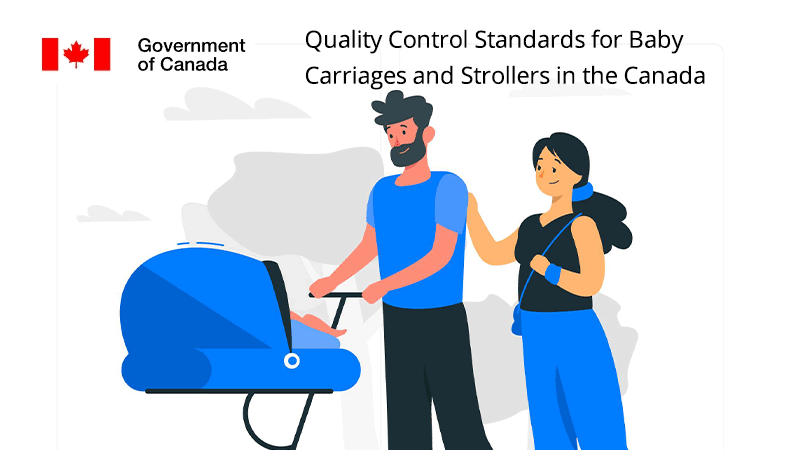
" SOR/2023-101-Carriages and Strollers Regulations
Carriages and strollers are wheeled vehicles designed to transport infants and children. The Carriages and Strollers Regulations (CSR) were introduced in 1985 under Part II of Schedule I to the Hazardous Products Act (HPA) to help protect the health and safety of infants and children. The CSR include design, performance, and labelling requirements intended to minimize or eliminate hazards associated with carriages and strollers.
The regulations are expected to help reduce the number of injuries in children by addressing known hazards that arose after the repealed Regulations came into force, including strangulation, entrapment, and the integrity of car seat attachments.
The regulations add warning, information, and mechanical requirements to address these hazards. The new Regulations will also help prevent harmful health effects in children by addressing phthalates hazards in carriages and strollers.
There are no expected safety benefits from the changes to the toxicological and applied coating materials requirements, as those changes are intended only to update and clarify the terminology regarding toxicological and applied coating materials requirements. The new Regulations are expected to generate monetary benefits primarily through a reduction in costs to industry.
The regulations address five categories of requirements for carriages and strollers: Mechanical requirements, Applied coating materials requirements, toxicological requirements, phthalates requirements, information and warning requirements.
1. Requirements — standards
Carriages and strollers must meet either:
(a) the requirements set out in ASTM F833, except sections 5.3, 5.12, 8 and 9 of that standard, or
(b) the requirements set out in sections 6.8 and 6.10 of ASTM F833 and those set out in ISO 31110, except sections 6, 7 and 10 of ISO 31110.
2. Prohibited Substances
A carriage or stroller must not contain any of the following substances if the substance could, under reasonably foreseeable circumstances, become accessible to a child or, if the substance is used as a filling, could be released on breakage or leakage:
(a) carbon tetrachloride or any substance that contains it;
(b) any substance that contains more than 10 mg of methyl alcohol per gram;
(c) any substance that contains more than 100 mg of petroleum distillates per gram;
(d) benzene;
(e) any substance that contains more than 100 mg of turpentine per gram;
(f) boric acid or salts of boric acid;
(g) ethyl ether.
3. Toxic substances
If a carriage or stroller contains a toxic substance, at least one of the following requirements must be met:
(a) the substance must not be capable of being ingested, inhaled or absorbed through the skin because of the nature, physical form, size or any other characteristic of the carriage or stroller;
(b) the total quantity of the substance for a child who has a body weight of 10 kg must not exceed the lesser of
(i) 1% of the oral LD50 as determined in accordance with good scientific practices, and
(ii) 1% of the dermal LD50 as determined in accordance with good scientific practices;
(c) the toxicity of the substance must not exceed the limits set out in Schedule 1.
4. Specific substances in surface coatings
A sticker, film or other similar material that can be removed, or a surface coating material, that is applied to an accessible part of a carriage or stroller must not contain, when it is tested in accordance with a method that conforms to good laboratory practices,
(a) more than 90 mg/kg total lead;
(b) any compound of antimony, arsenic, cadmium, selenium or barium if more than 1000 mg/kg of the compound migrates from the material; or
(c) more than 10 mg/kg total mercury.
5. Phthalates — DEHP, DBP and BBP
The vinyl in a carriage or stroller must not contain more than 1000 mg/kg of di(2-ethylhexyl) phthalate (DEHP), dibutyl phthalate (DBP) or benzyl butyl phthalate (BBP) when tested in accordance with a method that conforms to good laboratory practices.
6. Phthalates — DINP, DIDP and DNOP
The vinyl in any part of a carriage or stroller that can, in a reasonably foreseeable manner, be placed in the mouth of a child under four years of age must not contain more than 1000 mg/kg of diisononyl phthalate (DINP), diisodecyl phthalate (DIDP) or di-n-octyl phthalate (DNOP) when tested in accordance with a method that conforms to good laboratory practices.
7. Information
(1) Presentation of Information
(a) The information required by these Regulations must be displayed in both English and French; and be legible and clearly displayed, including being printed in characters whose colour contrasts sharply with the background.
(b) The information required by these Regulations must be printed in a sans-serif type that is not compressed, expanded or decorative; has a large x-height relative to the ascender or descender of the type, as illustrated in Schedule 2; and has a minimum height of 2.5 mm.
(c) The signal words “WARNING” and “MISE EN GARDE” must be displayed in upper-case type.
(2) Required Information
The following information must be permanently printed on every carriage or stroller or on a label that is permanently affixed to it:
(a) in the case of a carriage or stroller that is manufactured in Canada, the name and principal place of business of the manufacturer or the person for which the carriage or stroller was manufactured;
(b) in the case of a carriage or stroller that is imported for commercial purposes, the name and principal place of business of the manufacturer, the person for whom the carriage or stroller was manufactured or the importer;
(c) the model name or model number of the carriage or stroller; and
(d) the year and month of manufacture of the carriage or stroller.
Conclusion: Safety Standards and Compliance for Baby Carriages and Strollers
A safe home and environment should be provided for all children. Manufacturers, regulators, and users must serious about their baby products meet rigorous safety requirements.
TESTCOO is the leading 3rd party Quality Inspection service agency in China, which is fully accredited by ISO9001, ISO 27001, CNAS17020 and AQSIQ. We offer product inspection service(IPC, DUPRO and FRI), Loading Supervision, Sample Picking, Supplier Audit and QIP (Quality Improvement Project Service).
For more information about safety standards and quality inspection for baby carriages and strollers, please contact TESTCOO Inspection directly.
CONTACT US
Free Sample Report Performance Quality Control
Download a sample report to keep control of your supply chain!
Featured Articles
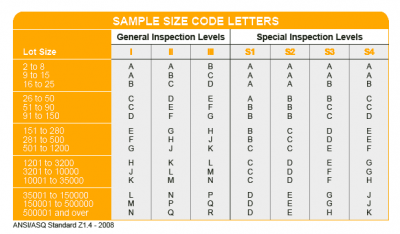 AQL Table | How to Read It
AQL Table | How to Read It TOP 10 Common Defects in Garments Quality Inspection
TOP 10 Common Defects in Garments Quality Inspection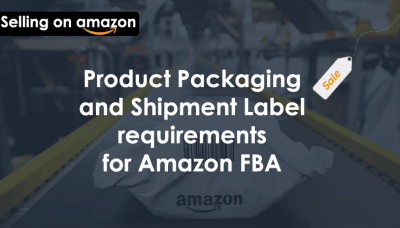 Product Packaging and Shipment Label requirements for Amazon FBA
Product Packaging and Shipment Label requirements for Amazon FBA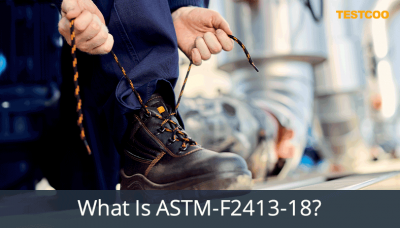 What Is ASTM-F2413-18? Protective Footwear Standard
What Is ASTM-F2413-18? Protective Footwear Standard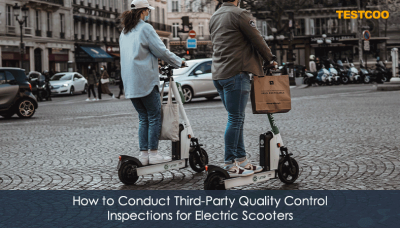 How to Conduct Third-Party Quality Control Inspections for Electric Scooters
How to Conduct Third-Party Quality Control Inspections for Electric Scooters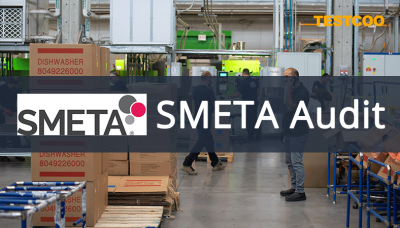 SMETA Audit-What is SMETA Audit?
SMETA Audit-What is SMETA Audit?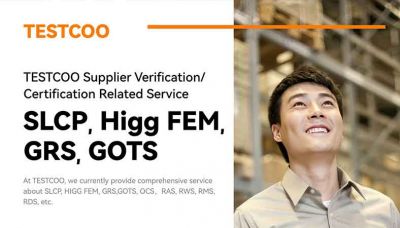 TESTCOO Supplier Verification/Certification Service SLCP, Higg FEM, GRS, GOTS
TESTCOO Supplier Verification/Certification Service SLCP, Higg FEM, GRS, GOTS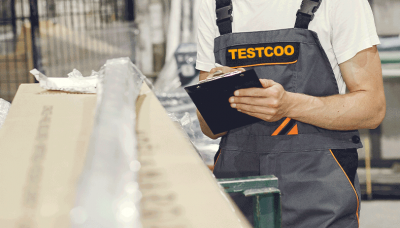 Quality Control Inspection Company in China
Quality Control Inspection Company in China What is Quality Inspection? A Complete Guide
What is Quality Inspection? A Complete Guide Guidelines for Product Inspection in India
Guidelines for Product Inspection in India
Category
- Production Inspection Service
- Factory Audit
- Softline Inspection
- Hardline Inspection
- Electrics Inspection
- Certification
- Checklist
- Manufacturers
- Quality Assurance Basics
- Products Recall
- AQL
- Guidence and Standard
- News
- Supplier Management
- Amazon
- Protective Equipment
- e-commerce quality control
- Indian Manufacturing
- Soft Goods Quality Control
- Supply Chain Management
- Supply Chain Resilience
- E-Commerce Quality Control
- ISO 2859
- Supply Chain Optimization
- Garment Industry
- Higg Index


